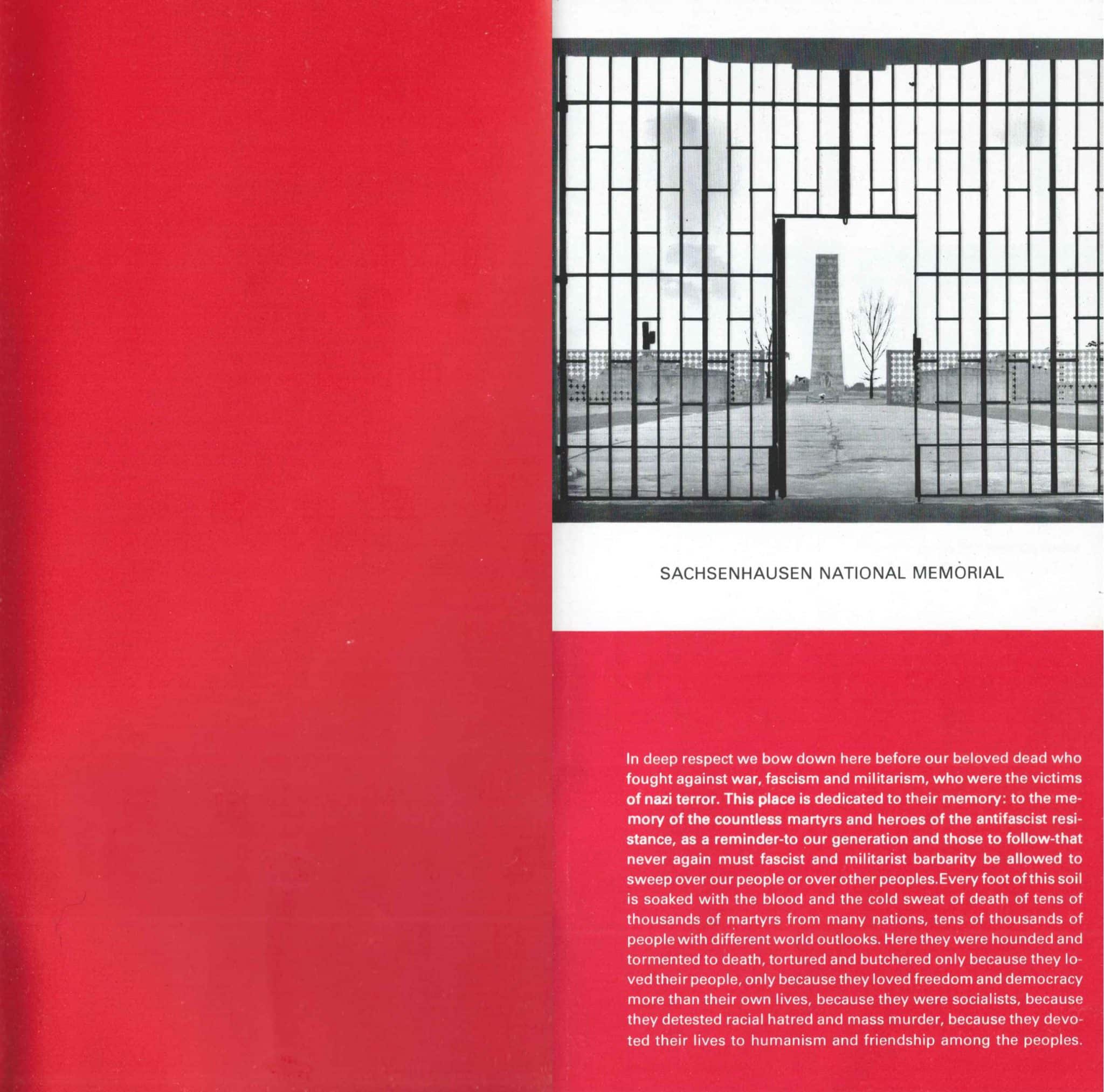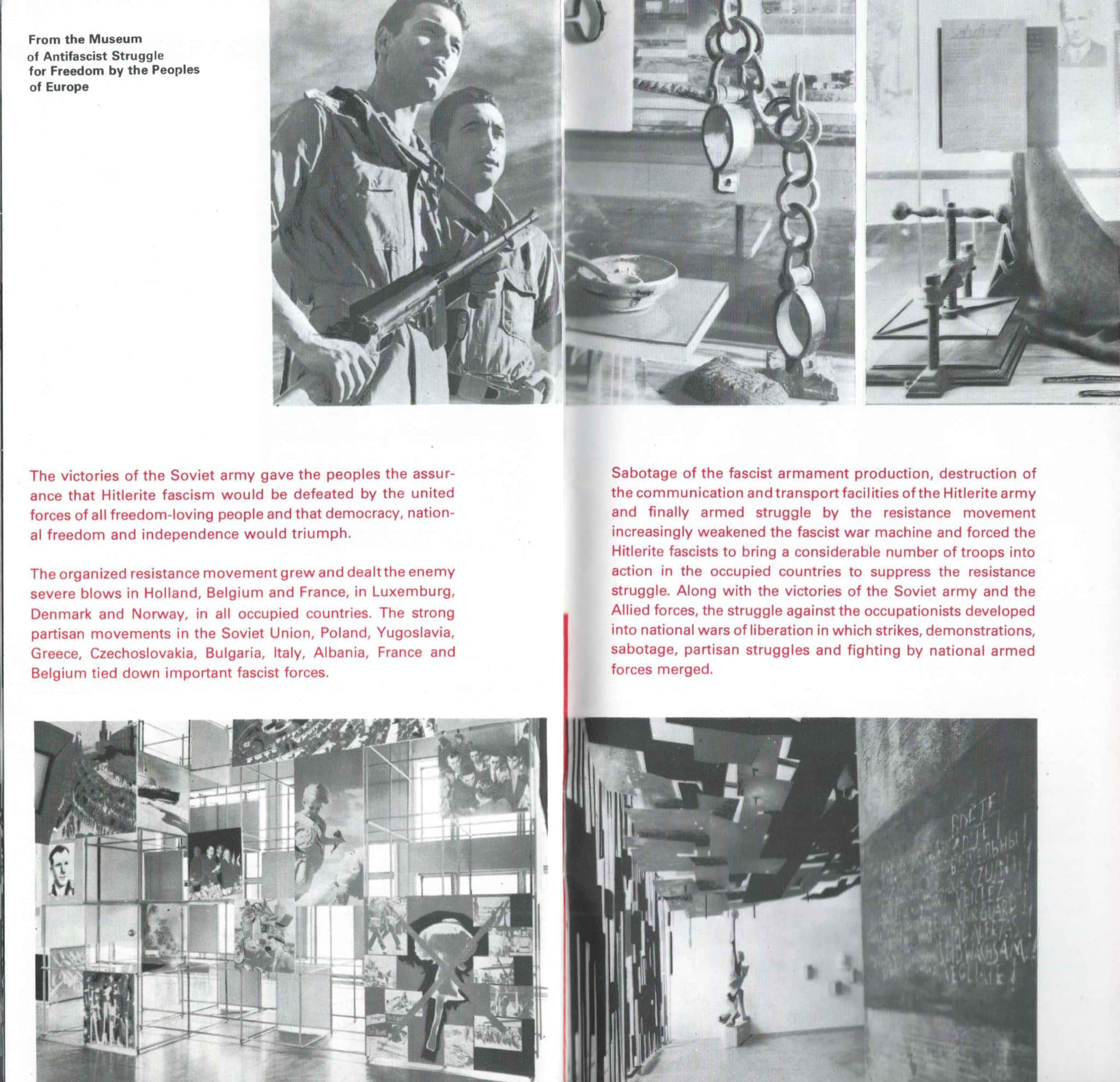In purely numerical terms, the time that Sachsenhausen existed as a living hell during the Nazi era and its additionally appalling half-decade as a Soviet camp, has long since been surpassed by its configuration as a place of remembrance.
These two distinct stages of the camp’s existence can be viewed as being unmistakably different – what we can term the ‘operational’ phase, from 1936 until 1950, and the ‘memorial’ phase from 1961 until the present day.
While the operational phase can also be broken down into the time that the site functioned as a Nazi facility and its time as a Soviet run detention centre; it is intriguing to also consider the differences in the location’s character during the East German period (1961-1990) and its present day manifestation (1993-now), as part of this ‘memorial’ phase.
Re-opening Sachsenhausen as a memorial location enabled the East German government to illuminate, for all to see, the crimes of National Socialism, the horrendous conditions in the camp, and treatment of those held prisoner here. However, control of this location also allowed the East Germans to frame the narrative of this period to fit their own agenda, with the curation of the facts and artefacts on display a matter of presenting a perspective that fit within the Marxist-Leninist school of thought.
The Wikipedia entry dealing with the Sachsenhausen concentration camp alludes to this in two sentences, referring to the establishment of the national memorial in 1961: “The plans involved the removal of most of the original buildings and the construction of an obelisk, statue and meeting area, reflecting the outlook of the East German government of that time. The government of East Germany emphasised the suffering of political prisoners over that of the other groups detained at Sachsenhausen.”
A prime example of this tendency is in the pamphlet presented to visitors to the Sachsenhausen concentration camp memorial during the East German times. Analysing this document it is possible to see the messages that the authorities wanted to transmit. From the language used and the tone of this language; to the choice of colours and rhunic title font – the imagery presented tells a story. One where the nuances of this presentation need to be understood through the lens of the ruling ideology of East Germany.
The horrendous extent of the story remains the same; what is fascinating to the historian and student of history, however, is the emphasis and editorial direction.
In comparison to the dry, factual, objective manner of the memorial foundation today – this more bombastic and oratorial approach explains as much about the East German system as it does the record of atrocity at Sachsenhausen.
Few of these pamphlets remain in circulation; fewer still in good condition.
Below you can find high quality photos of the entire leaflet.
–


















–
To learn more about Sachsenhausen now; have a look at our Sachsenhausen: Invention Of Hell private tours